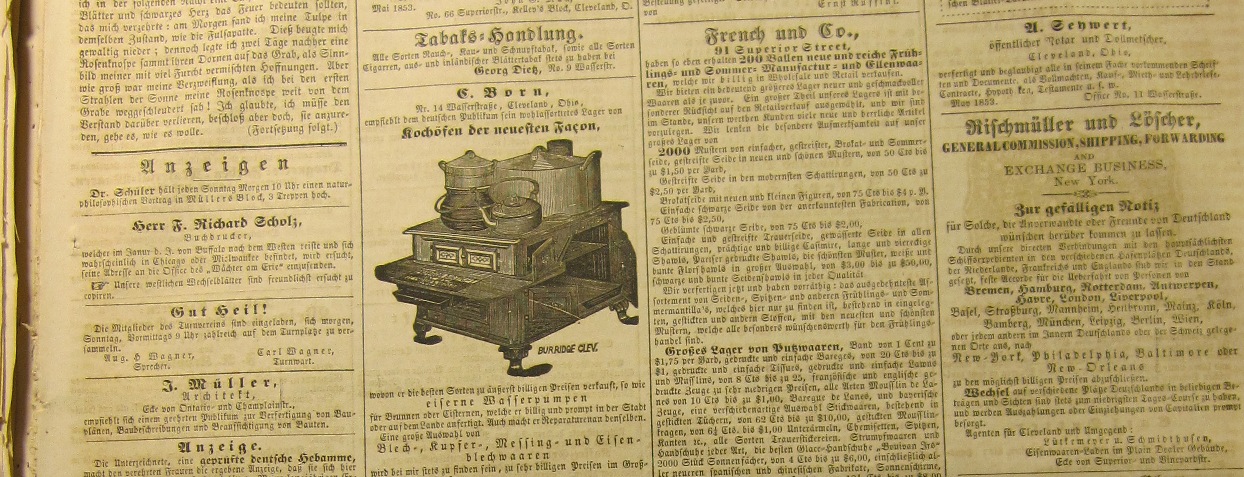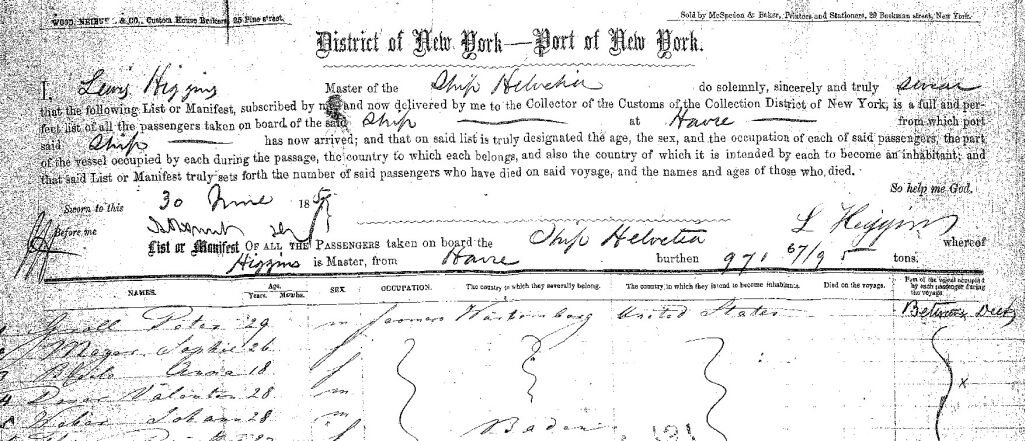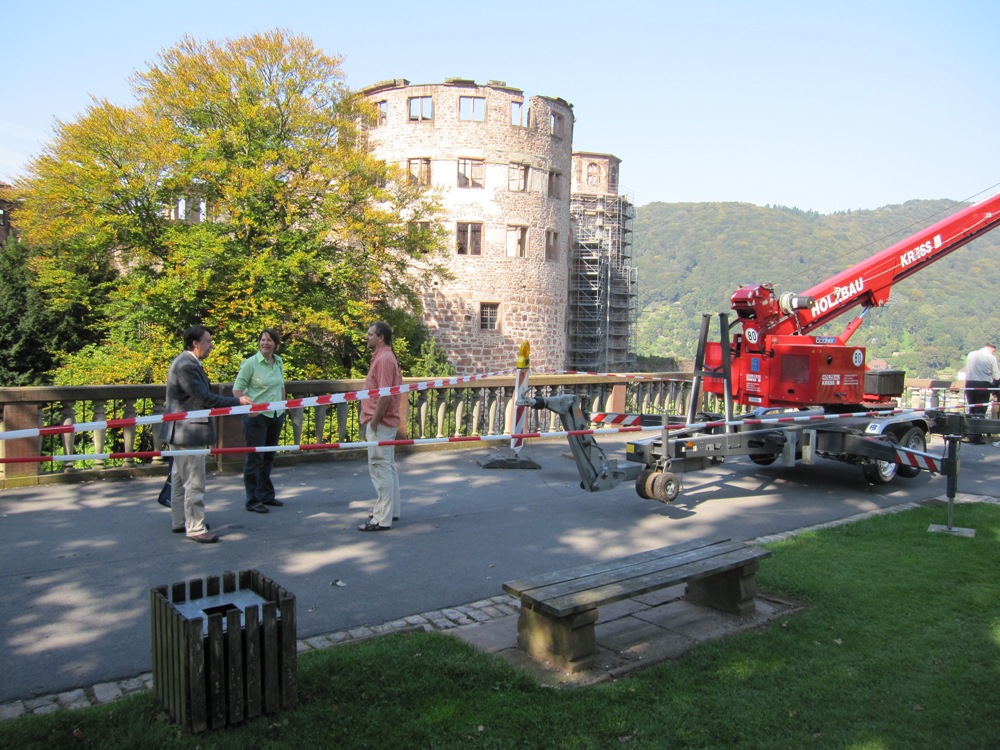 Matthias took us to Heidelberg, about an hour’s drive from Freinsheim. Our first stop was the famous Castle.
Matthias took us to Heidelberg, about an hour’s drive from Freinsheim. Our first stop was the famous Castle.
As we strolled the grounds, I kept quizzing Matthias about linden trees, loudly enough that a gentleman stopped to explain that the linden tree in England is called a lime. He noted that his father was a carpenter, and knew wood. The lime tree was an especially fine wood for carpenters. He also noted that he might have gone into carpentry himself, it had been a family business for generations, so he had asked his father should he also become a carpenter. But this was the 1970’s and his father said “no, it is too hard, no one wants carpentry anymore.” So he didn’t. But now, everyone wants a carpenter again.
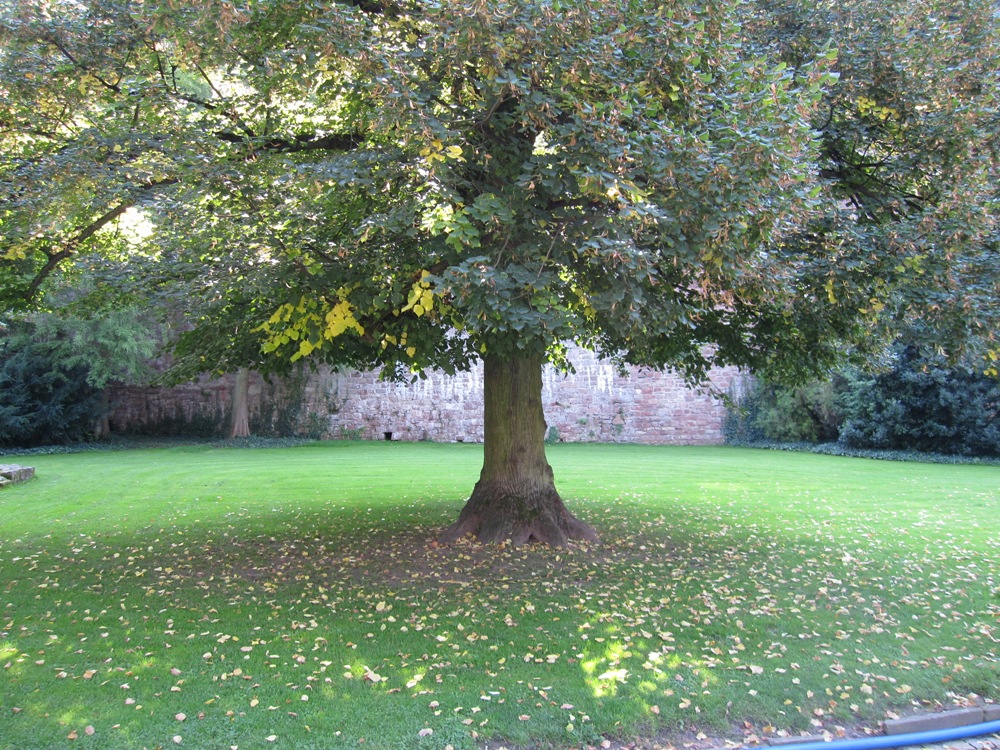 After we’d parted with the English gentleman, Matthias and I discussed (perhaps overloudly) how in my research I had come across the lime tree in relation to the linden. I said in my mind, a “lime tree” produced those little green citrus fruits, which didn’t seem right. Matthias said perhaps I should go to wikipedia. I said wikipedia was the original source of my confusion. Another tourist stopped and wondered if he might be of some help. He explained how the lime tree in England is not at all the same as the one that bears citrus fruit in Florida. It is of the Malvaceae family.
After we’d parted with the English gentleman, Matthias and I discussed (perhaps overloudly) how in my research I had come across the lime tree in relation to the linden. I said in my mind, a “lime tree” produced those little green citrus fruits, which didn’t seem right. Matthias said perhaps I should go to wikipedia. I said wikipedia was the original source of my confusion. Another tourist stopped and wondered if he might be of some help. He explained how the lime tree in England is not at all the same as the one that bears citrus fruit in Florida. It is of the Malvaceae family.
 After lunch (where we sampled cooked red cabbage – I thought it was good, Dave didn’t care for it) we toured the museum at Heidelberg University, especially an exhibit about Heidelberg Catechism, since Dave had been
After lunch (where we sampled cooked red cabbage – I thought it was good, Dave didn’t care for it) we toured the museum at Heidelberg University, especially an exhibit about Heidelberg Catechism, since Dave had been 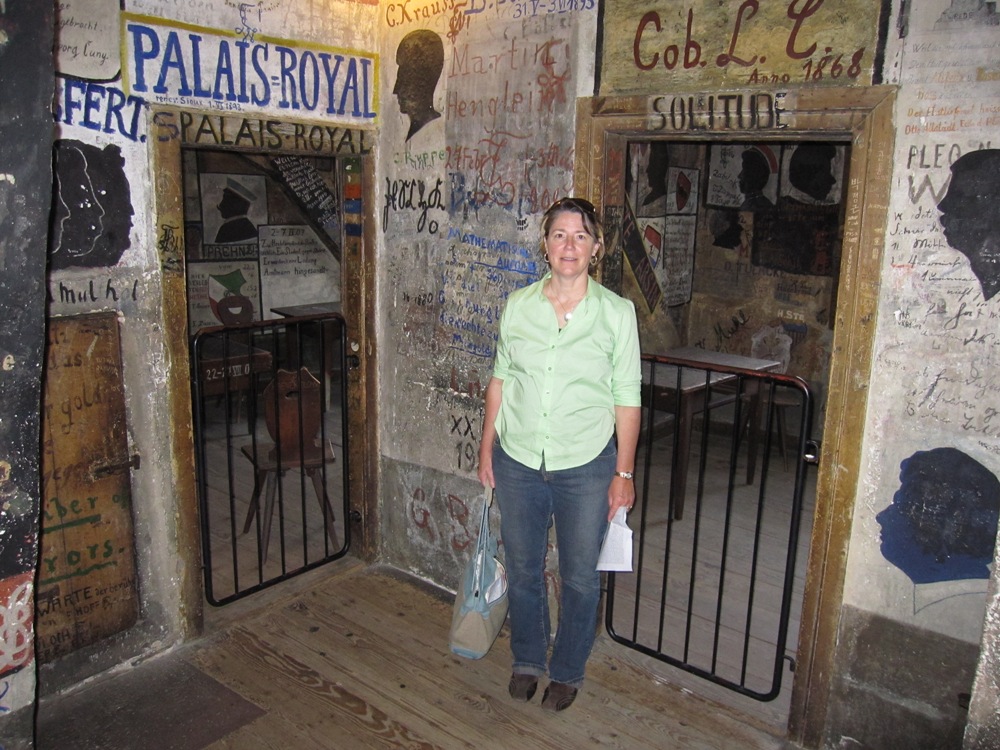 forced to memorize parts of it as a child. A feature of the museum is the three-story student prison (where perhaps some students were sent because they didn’t properly memorize their Catechism).
forced to memorize parts of it as a child. A feature of the museum is the three-story student prison (where perhaps some students were sent because they didn’t properly memorize their Catechism).

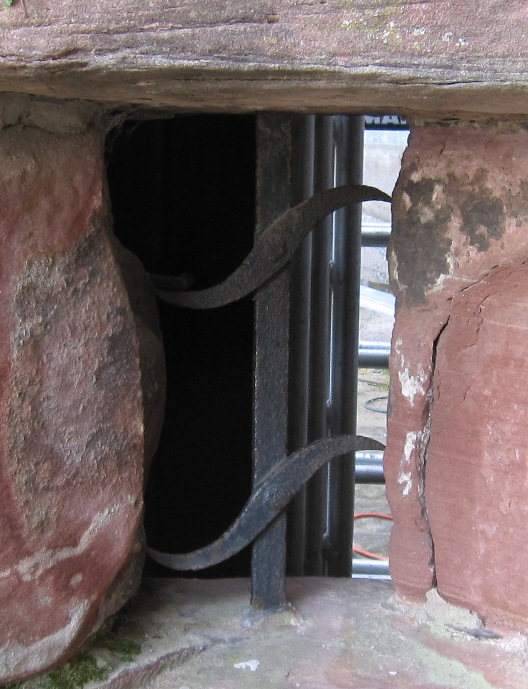 In Heidelberg’s Altstadt (old town), I kept getting sidetracked by the ironwork, a wow factor for any blacksmith.
In Heidelberg’s Altstadt (old town), I kept getting sidetracked by the ironwork, a wow factor for any blacksmith.


